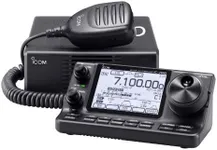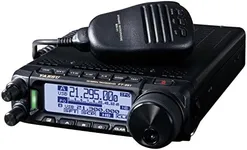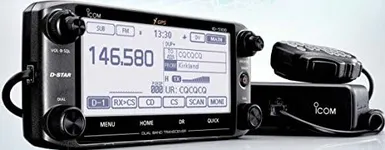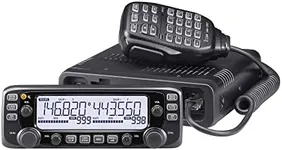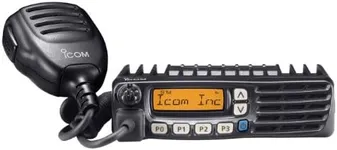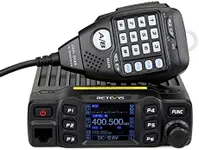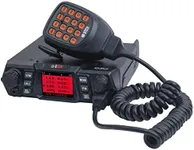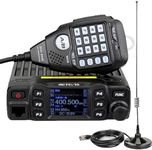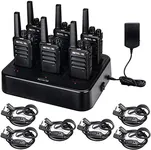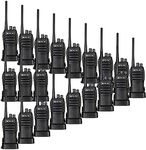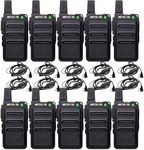Buying Guide for the Best Mobile Ham Radios
Choosing the right mobile ham radio can be a rewarding experience, especially if you know what to look for. Mobile ham radios are used for amateur radio communication, and they can be installed in vehicles or used as base stations. The right model for you will depend on your specific needs, such as the range you require, the features you want, and how you plan to use the radio. Here are some key specifications to consider when selecting a mobile ham radio.Frequency RangeThe frequency range of a mobile ham radio determines the bands it can operate on. This is important because different bands are used for different types of communication. For example, VHF (Very High Frequency) is good for local communication, while UHF (Ultra High Frequency) can penetrate buildings better. HF (High Frequency) bands are used for long-distance communication. If you plan to communicate locally, a VHF/UHF radio might be sufficient. However, if you want to reach distant stations, you might need a radio that includes HF bands.
Power OutputPower output, measured in watts, affects the range and clarity of your transmissions. Higher power output can help you reach farther distances and improve signal quality. Mobile ham radios typically range from 5 watts to 100 watts. If you plan to use your radio in urban areas with many repeaters, lower power might be sufficient. For rural areas or long-distance communication, higher power output is beneficial. Consider your typical usage scenarios to determine the right power level for you.
Modulation ModesModulation modes refer to the methods used to encode information onto a carrier wave. Common modes include FM (Frequency Modulation), AM (Amplitude Modulation), SSB (Single Sideband), and digital modes like D-STAR or C4FM. FM is widely used for local communication, while SSB is preferred for long-distance HF communication. Digital modes offer advanced features like text messaging and GPS. Choose a radio that supports the modes you plan to use most frequently.
Channel MemoryChannel memory allows you to store frequently used frequencies for quick access. This is important for convenience and efficiency, especially if you switch between different frequencies often. Mobile ham radios can have anywhere from a few dozen to several hundred memory channels. If you participate in various nets or use multiple repeaters, more memory channels can be very useful. Consider how many different frequencies you need to access regularly to determine the right amount of channel memory.
Display and InterfaceThe display and interface of a mobile ham radio affect how easy it is to use. A clear, easy-to-read display is important for monitoring frequencies and settings. Some radios have backlit displays for better visibility in low light. The interface includes buttons, knobs, and menus used to control the radio. A user-friendly interface can make operation simpler and more intuitive. If you plan to use the radio while driving, look for a model with a straightforward interface and large, easy-to-use controls.
Durability and Build QualityDurability and build quality are important for ensuring your mobile ham radio can withstand the rigors of mobile use. Look for radios with robust construction and materials that can handle vibrations, temperature changes, and potential impacts. Some models are designed to be more rugged and may have additional features like water resistance. If you plan to use your radio in harsh environments or on off-road adventures, prioritize durability and build quality.
Additional FeaturesAdditional features can enhance the functionality and convenience of your mobile ham radio. These might include GPS, APRS (Automatic Packet Reporting System), cross-band repeat, and Bluetooth connectivity. GPS can be useful for navigation and location tracking, while APRS allows for real-time data transmission. Cross-band repeat can extend the range of handheld radios, and Bluetooth enables hands-free operation. Consider which additional features align with your needs and preferences.
